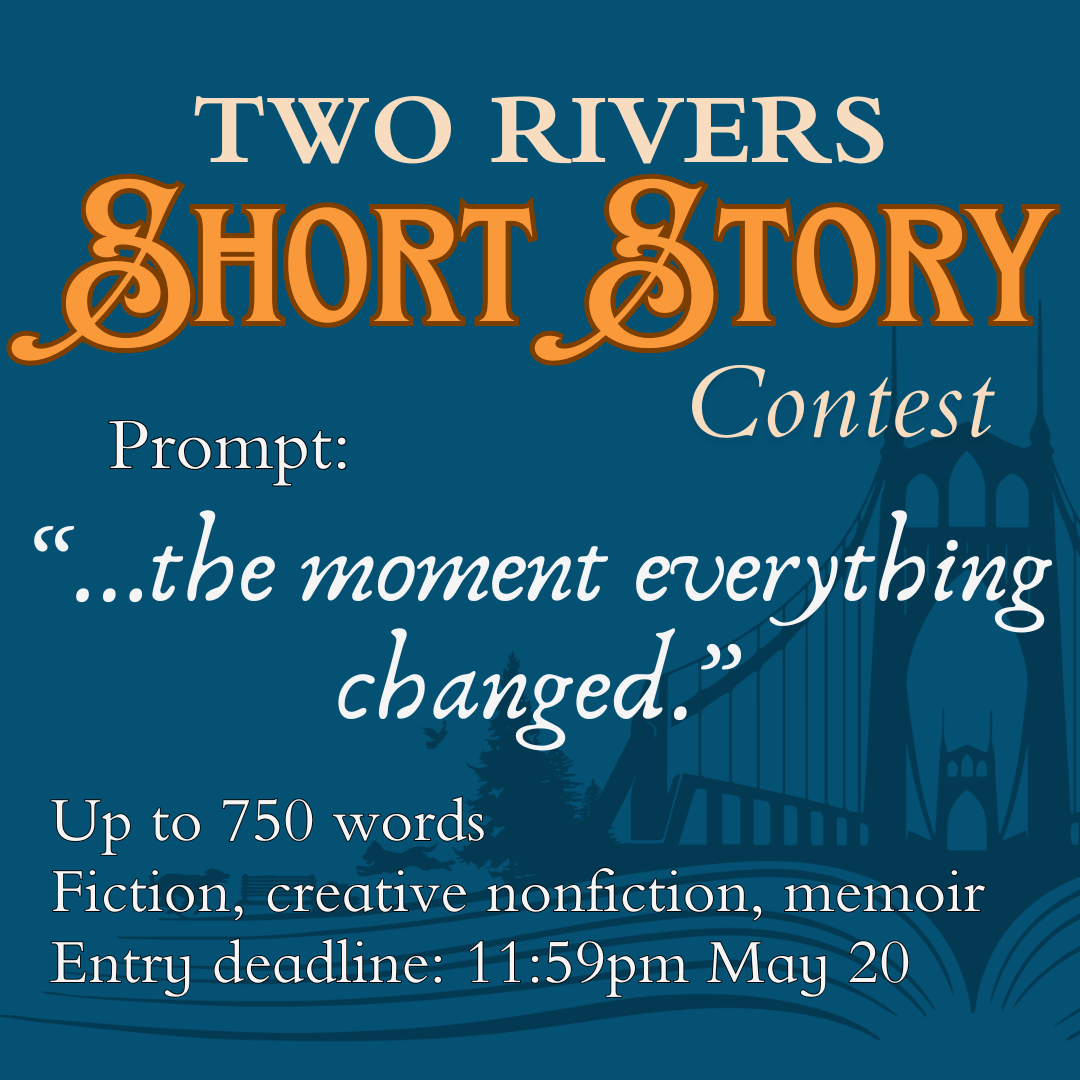Short Story Month of May, Part 1
John Carr Walker Sitting In His Little Room No. 95
This week and for the whole month of May, I want to do something a little different in The Little Room. It’s short story month! Stories in May don’t seem to enjoy the same attention as poems in April, and I’d like to do my part to remedy that.
I love short stories. I write short stories. Most of my reading energies are devoted to stories. I regularly teach the short story in my writing and literature classes, but my own sense of what the short story can be keeps evolving as I continue to encounter new work by writers who surprise, delight, stun, and inspire through their interpretations of the form. This month, I want to celebrate that vibrancy, and shine a light on the many ways writers achieve story in the short form.
To that end, this month’s John Carr Walker Sitting In His Little Room will be an annotated bibliography of short stories published in literary magazines, online and in print, one story for each day in May.
Finally, I’ll share some information on a different kind of short story contest and public reading I’m jurying with my university students and Two Rivers Books.
Annotated Bibliography, 5/1-5/10
5/1. “Concrete,” Patrick Cottrell, Fence, Spring 2024. About a mostly one-way friendship between two writers in different phases of career, life, and self-awareness. A rapid, hyper-aware style that moves between external and internal observation. I love the way story and writing itself become metaphors for network-y relationships and the differences between connection and making connections.
5/2. “Human Whistle,” Via Bleidner, Agni 97. Meryl Streep confronts aging, illness, and intense memories of Roman Polanski. An invented/imagined fiction (I think) using public figures as characters told in associative imagery and quick-fire language. I’m fascinated how the use of famous names gives this fiction (I think) a confessional weight, as if famous secrets are finally revealed.
5/3. “American Dreams,” Adam Conner, Bear Paw Arts Journal Issue 1. Long memory rendered bright then decayed. In which syntax lends perspective, structure, tone. I love how quickly Conner darkens the imagery in each paragraph, giving this story its sense of fleeting happiness, and how tweaking the pattern gives tremendous power to the last line, like a rhymed couplet at the end of a sonnet.
5/4. “Across the Street from Our Old Apartment,” Martin Dolan, Barzakh Magazine Issue 18. A diptych from two perspectives, from two characters, from two times, on one life together. The sharp divisions between diptych “panels” further illustrates the distances present in this story. I love how the conflict between these characters exists either side of a yawning gap, so that when a character decides not to do something, the inaction has consequence.
5/5. “Lincoln Mercury,” Christine Kendall, Wigleaf. About a black family stopping to get gas in Maryland. The child narrator possesses the perfect balance of knowledge and innocence, dramatizing the gap between what she’s known in her welcoming New York neighborhood and the unwelcoming reality her parents have shielded her from, until now. For all the rising tension in this story, Kendall deftly steers us from the violence we all know is possible without stripping her protagonists of dignity.
5/6. “The Ride,” Cécile Barlier, Sweet Tree Review 4:1, Winter 2019. About a little girl’s sled ride and everyone and everything watching her. Point-of-view shifts give the story a mythic, prophetic feel, transforming a simple action into a tightly packed character drama. I’m amazed how thinking becomes inextricable from the drama, how knowing what will happen next creates suspense.
5/7. “Broken Hallelujah,” Elan Barnehama, Paris Lit Up 11. About a sister’s suicide and sitting shiva in a non-religious family. Sentences are staccato, stabby, like getting under the surface with ice picks instead of a drill. I like the sustained consideration of sorrow, as if the story about a ritual itself becomes the ritual.
5/8. “Lovish,” Cameron Brindise, Bodega Magazine 136. A relationship full of booze, existential dread, and ennui, that for once does not seem to be falling apart, that might even be getting stronger. The narrator’s delivery is rapid yet deadpan, quick-witted yet removed from the action and from the consequence of action. The style means no single narrative episode can become the story; the story is the relationship.
5/9. “Under the Rose,” Dana Brewer Harris, Smokelong Quarterly 83. About a secret couple having a secret child and the loss of secrecy. Densely packed with floral imagery, and the accidental meanings of words, and a lot of packaged food, especially sweets. The effect bewilders, like a blood sugar spike, leaving the reader unsatisfied, but the narrator herself is in the throes of almost dizzy bewilderment, wondering what will happen next.
5/10. “A Series of Sequential Movements,” Daniel Miller, Pithead Chapel Volume 13, Issue 5. The man born with the Rubik’s Cube for a head has a headache. The style is straightforward, as casual as speech, as if to keep this character, who’s also the central image, unobscured in our minds. It’s great fun to imagine the man with the Rubik’s Cube for a head sitting on a couch, watching basketball, rubbing what might be his temples.
Learn more Two Rivers Short Story Contest here!

